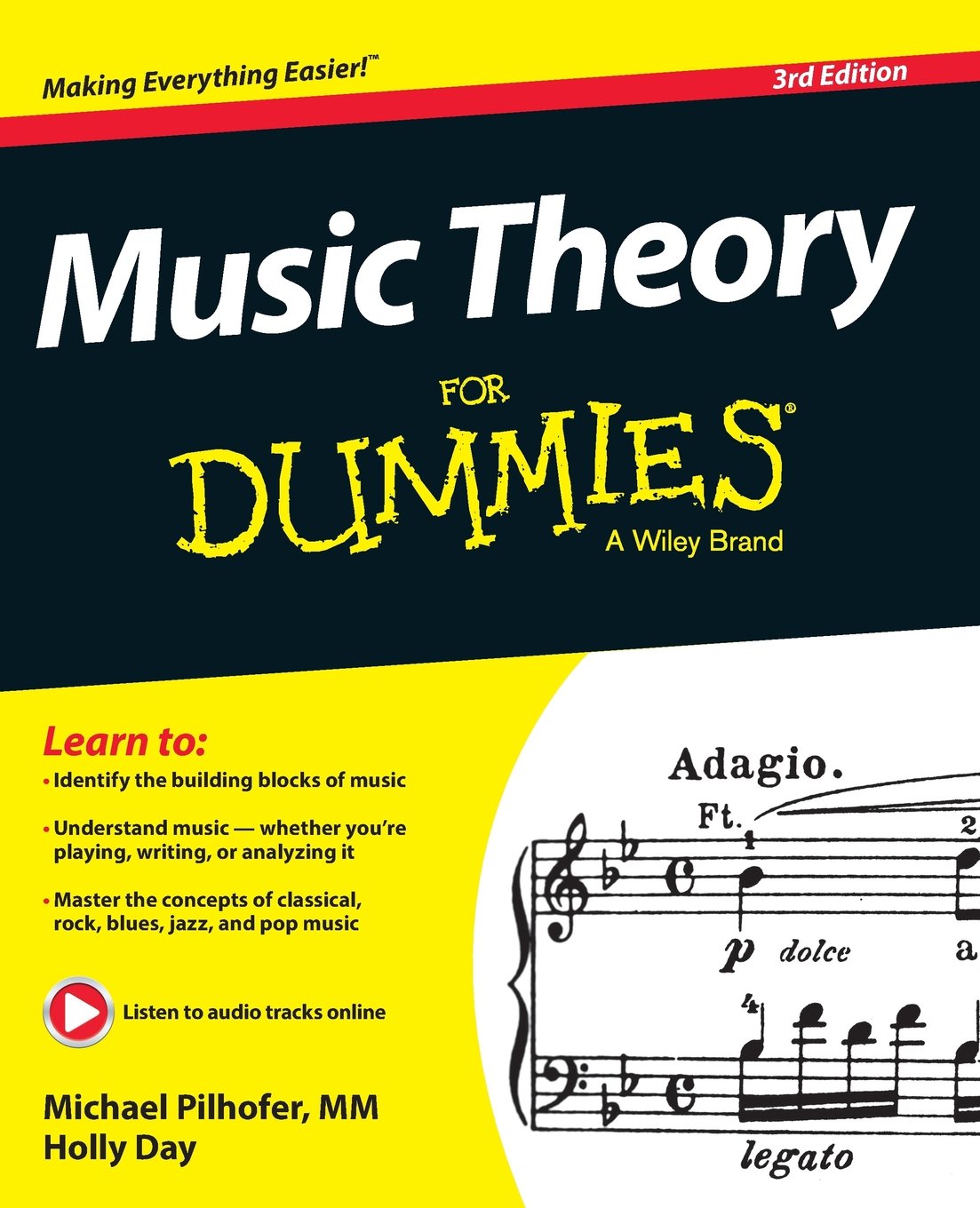Music Theory For Dummies
- Brand: Unbranded

Description
If you didn’t know better, you may think that music was something that could start on any note, go wherever it wanted, and stop whenever the performer felt like getting up for a glass of iced tea. Although it’s true that many folks have been to musical performances that actually do follow this style of “composition,” for the most part these performances are confusing and annoyingly self-indulgent and feel a little pointless. Learning music theory can be challenging – if, for no other reason, because it can be a dry subject. Quantity: You determine an interval’s quantity by simply adding the lines and spaces included in the interval on the music staff. Accidentals (sharps and flats), which raise or lower a pitch by a half step, don’t matter when counting interval quantity. Interval quantity may be Keyboards also had the advantage of being incredibly easy to build chords on. By the 17th century, the five-lined staff was considered standard for most musical instrumentation — probably because it was easier and cheaper to print just one kind of sheet music for musicians to compose on. The system hasn’t changed much over the past four centuries, and it probably won’t change again until a new, more-appealing instrument interface enters the scene. Many people consider ancient Greece to be the actual birthplace of music theory, because the ancient Greeks started entire schools of philosophy and science built around dissecting every aspect of music that was known then. Even Pythagoras (the triangle guy) got into the act by creating the 12-pitch octave scale similar to the one that musicians and composers still use today. He did this via the first Circle of Fifths, a device still religiously used by musicians from all walks of life.
Study theory for 15 or 30 minutes per day and keep at it until you’ve gotten what you needed to get out of the book. Learning how to read music is essential to a musician, especially one who wants to share his music with other musicians or discover what other musicians are playing. By studying the basic elements, such as time values of each type of written note, musical rests, time signatures, and rhythm, you put yourself on the path to mastering music. All these elements come together to establish a foundation that allows you to read, play, and study music. Reportedly, it does exactly what it promises to do – it breaks down the complex topic of music theory into smaller, more digestible chunks.A lot of unanswered questions remain about ancient music, such as why so many different cultures came up with so many of the same tonal qualities in their music completely independent of one another. Many theorists have concluded that certain patterns of notes just sound right to listeners, and certain other patterns don’t. Music theory, then, very simply, could be defined as a search for how and why music sounds right or wrong. In other words, the purpose of music theory is to explain why something sounded the way it did and how that sound can be made again. While it would be nice to be one of those people who can sit at any instrument and play beautiful music without any training whatsoever, most folks need some sort of structured instruction, whether from a teacher or from reading a book. Here, we go over the basic information you need to start learning how to read music, play scales, understand key signatures, build chords, and compose with forms. They rose to prominence in the 90s with many titles relating to computer software and programming but have since published titles on every topic imaginable. Musicians Institute books tend to be among the most usable because they are concise and practical and come with exercises.
When sitting down to write music, you have to choose what form you’re going to follow; for example, classical or popular. You can choose from many different classical and popular forms, including sonatas, concertos, 16-bar blues, and verse-chorus form. You can create varied sound in whatever form you choose by playing with tempo, dynamics, and instrument tone color. Simple: With simple time signatures, the beat of a piece of music can be broken down into two-part rhythms. Simple time signatures are the easiest to count, because a one-two pulse in a piece of music feels the most natural to a listener and a performer. Common examples of simple time signatures are 4/4, 3/4, 2/4, 3/8, and 2/2.What buyers liked most was the fact that it covers the essentials for beginners while being concise. Have you ever found material that explains everything right from the start, without any need to seek explanations elsewhere? Have you ever seen any carefully organised materials, set out module by module, with the student’s learning being the main concern? So, you’d better have plenty of time to work your way through it or you will lose momentum and even quit entirely.
- Fruugo ID: 258392218-563234582
- EAN: 764486781913
-
Sold by: Fruugo
